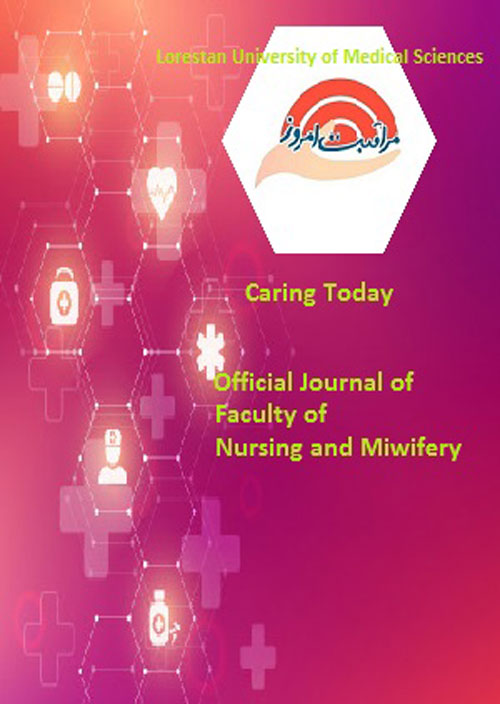Using pulse oximetry for screening of congenital cardiac cyanotic diseases in seemingly healthy infants in hospitals of Golestan University of Medical Sciences
Congenital heart defects are one of the most common congenital anomalies and delay in their diagnosis causes a significant increase in mortality and complications. The aim of this study was to determine the frequency of congenital heart diseases using pulse oximetry in neonates born in hospitals of Golestan University of Medical Sciences.
In this cross-sectional descriptive study, 357 seemingly healthy infants born from June 2016 to September 2017 in hospitals affiliated to Golestan University of Medical Sciences underwent right hand and foot pulse oximetry. If the oxygen saturation level was less than 94% in the baby's right hand and foot, it was checked again one hour later and if the result was repeated, the baby was referred to a specialist for further testing. Correspondingly, neonates who exhibited positive results underwent a follow up 3 months after the primary pulse oximetry test. Findings were divided into descriptive sections (mean, standard deviation and frequency distribution table) and inferential including multivariate regression analysis then they were analyzed. The significance level was 0.05.
Out of 357 neonates, 341 had an oxygen saturation level above 94%. Among the 16 cases who had a blood oxygen saturation less than 94%, 14 cases exhibited an oxygen saturation level above 94% after a second examination. 2 cases had a saturation level of less than 94%. The results showed that from the 357 infantes both the cases that exhibited lower oxygen saturationhad (0.6%) suffered from mild ASD during the study and after the follow-up carried out after 3 months. There was also a significant and direct relationship between maternal non-smoking (P<0.005), absence of maternal heart disease (P<0.005) and maternal family, no history of maternal abortion (P = 0.005) and number of abortions (P = 0.011), Absence of stillbirth (P<0.005) and number of stillbirths (P<0.005) and absence of serious diseases of diabetes, thyroid and hypertension and having other minor diseases (P<0.005) with neonatal oxygen saturation level.
According to the results of the present study, which showed a significant and direct relationship between maternal variables and neonatal blood oxygen saturation, accurate history and clinical examination along with pulse oximetry can be considered as an important tool to identify congenital heart disease in infants.
- حق عضویت دریافتی صرف حمایت از نشریات عضو و نگهداری، تکمیل و توسعه مگیران میشود.
- پرداخت حق اشتراک و دانلود مقالات اجازه بازنشر آن در سایر رسانههای چاپی و دیجیتال را به کاربر نمیدهد.



